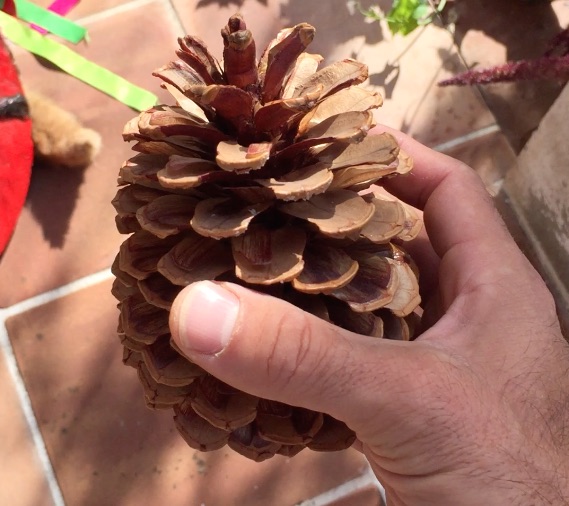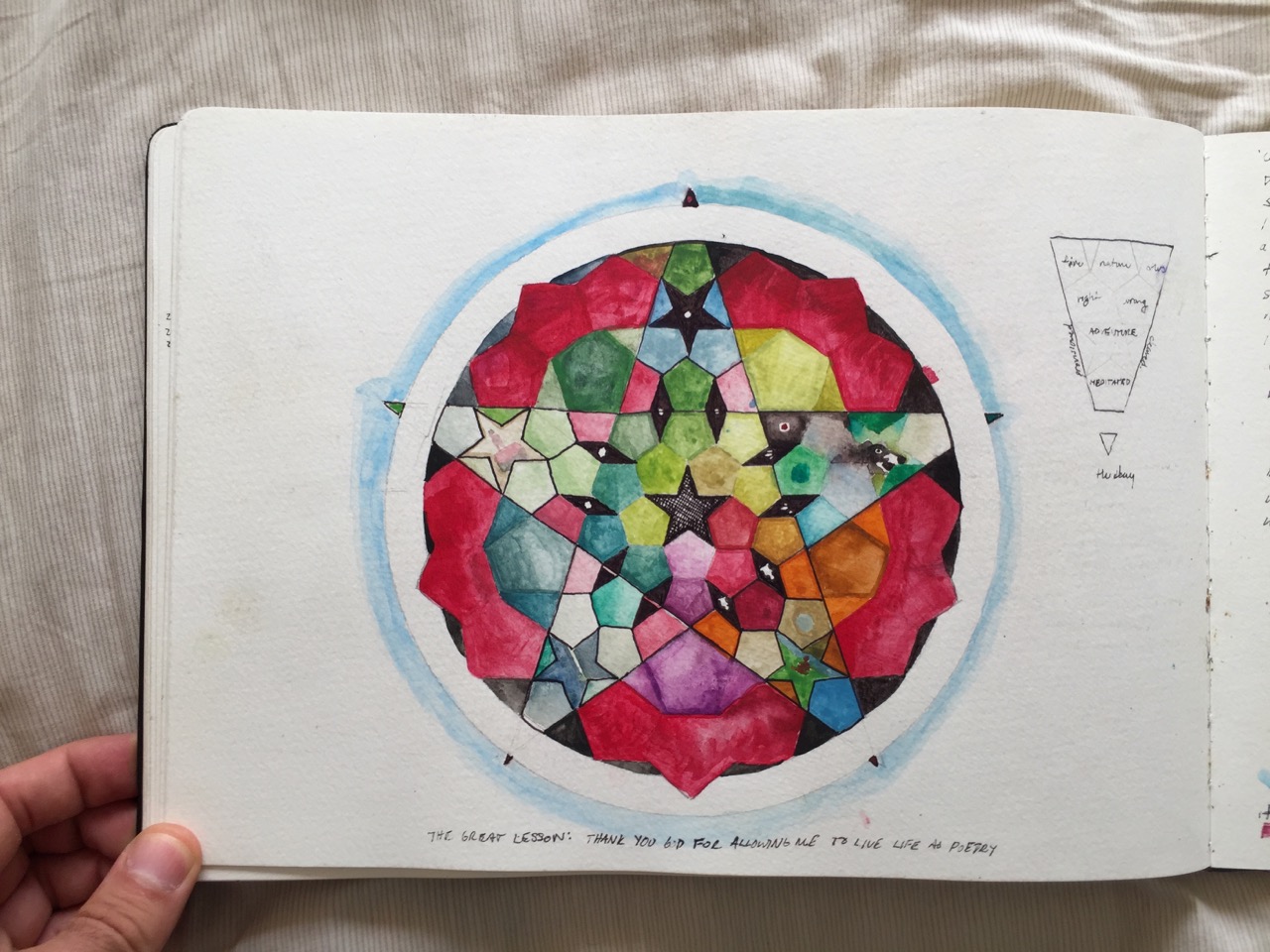
A throughly simple story with plenty of meaning: I was walking the mountains of Asturias when I came upon a beautiful pinecone. I picked it up and put it in my backpack. I walked some more and I came upon another beautiful pinecone. I compared them, the new one was definitely more attractive than the first one, so I exchanged them.
How is it that we find one pinecone more attractive than another? We find people beautiful because we are meant to reproduce with them, but I’ll never attempt to reproduce with a pinecone (or so I hope). Where this sense of beauty arises?
I thought these things and I came yet to another pinecone which contested than the one I was holding on my hand. I observed them carefully: one had more integrity in its patterns. The space between the “petals” was more regular, its shape more pleasing, it was closer to the platonic ideal of a pinecone.
A question to ponder: is there beauty in the human psyche? If so, would the perfect human psyche be singular? That is, two perfect human psyches would be exactly the same, because their perfection meets in a single ideal.
According to oriental religion, we come back to God when we attain perfection. Attar’s Conference of the Birds https://en.wikipedia.org/wiki/TheConferenceoftheBirds, which maps the mystical quest of enlightenment warns that we cannot see the divine directly, it would blind us with its beauty. We can only use our hearts as mirrors of the divine beauty, and our task is polishing it so that we reflect the divine form, the perfect psyche.
Hundreds of thousands of souls burn with an ardent passion to see Him. Yet none can afford to do without Him. Supreme manliness, absolute fearlessness and complete self-effacement are needed to overcome those obstacles. If we succeed in getting a glimpse of His face, it will be an achievement indeed. If we do not attempt it, and if we fail to greet the Beloved, this life is not worth living”
—Conference of the Birds, by Farid ud-Din Attar
